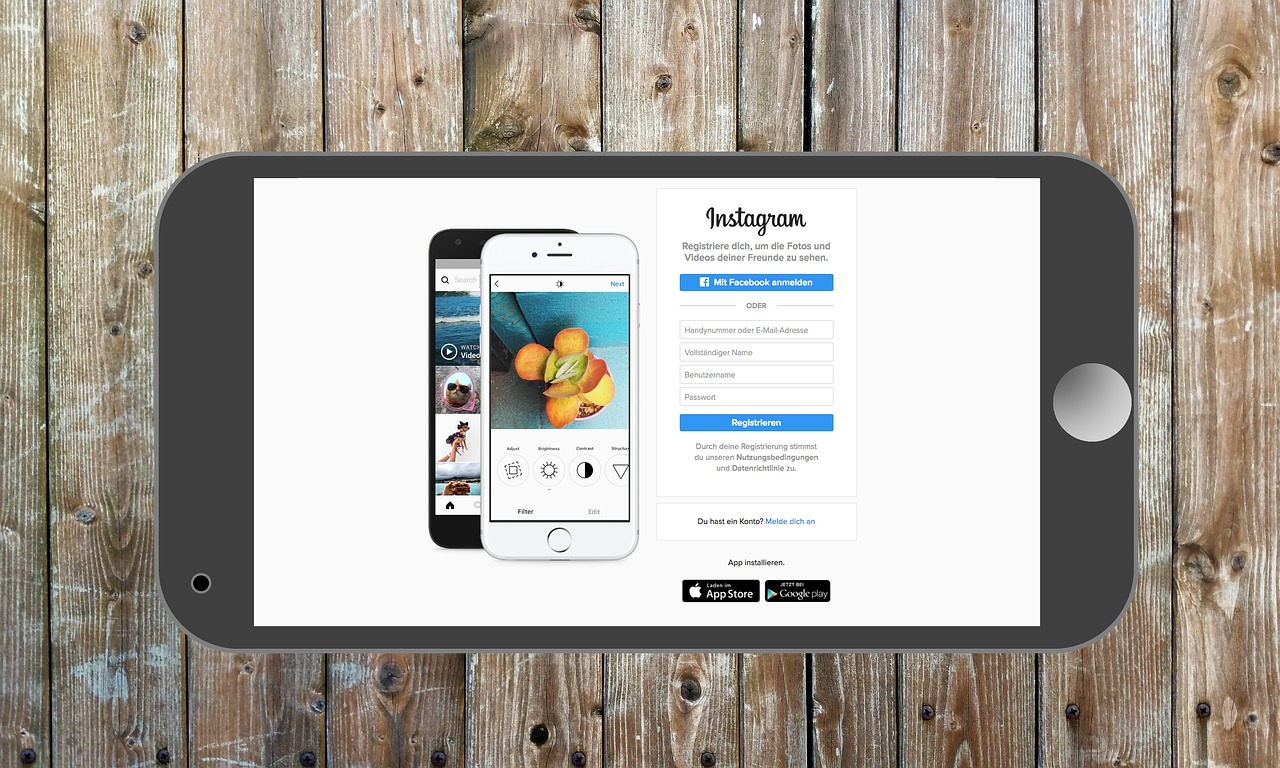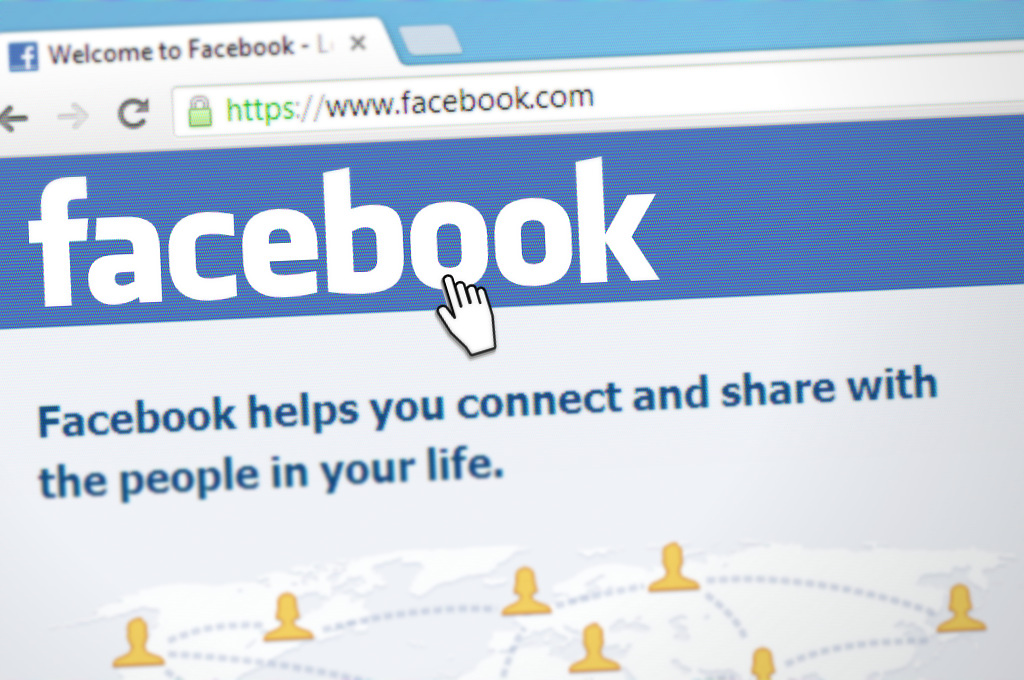Networking remains one of the most essential yet challenging aspects of professional growth and career development, especially in 2025. The art of creating meaningful connections without crossing the line into pushiness or salesiness has evolved considerably, largely influenced by digital platforms like LinkedIn, Slack, and Zoom, which have transformed how professionals interact. These platforms offer tremendous opportunities for hidden job prospects, collaboration invitations, mentoring relationships, and expanding professional visibility across industries. However, many still struggle with striking the right balance: how to be memorable, helpful, and engaging, without overwhelming or irritating potential contacts.
This tension stems partly from outdated networking customs that emphasize aggressive self-promotion or impersonal mass messaging. Today’s professionals seek more genuine, respectful engagements. Whether it’s initiating a conversation on Eventbrite networking events, following up after a WeWork-hosted mixer, or joining a relevant Slack community, the approach needs to be nuanced and strategic. The following sections will explore practical, thoughtful tactics to network effectively while fostering authentic connections that last and enrich your professional journey.
How to Build Trust and Be Approachable Without Feeling Pushy in Networking
At the heart of effective networking lies the simple yet powerful principle of trust. Establishing authentic connections begins with being approachable—something that goes beyond rehearsed elevator pitches or transactional conversations. The first impression is often shaped by subtle cues: a smile during a coworking space meetup, asking genuine questions about someone’s day, or sharing a relevant post on LinkedIn or Slack.
Research and expert insights from sources like Forbes Coaches Council emphasize that warmth and authenticity are foundational. For example, at a recent event in a WeWork location, Sarah, an emerging content marketer, focused on listening deeply rather than rushing to talk about her services as a freelance HubSpot specialist. Instead of leading with her pitch, she asked peers about their projects and shared her own experiences thoughtfully. This approach led her to build a small but robust network of collaborators and mentors.
- Smile and greet people genuinely. Even a simple “Hi, how’s your day going?” can break barriers.
- Show curiosity. Express sincere interest in others’ roles, challenges, or recent achievements.
- Avoid leading with what you do. Save your elevator pitch for the right moment of the conversation.
- Offer help first. Whether it’s sharing a useful Coursera course link or introducing someone to a Salesforce expert, these acts build goodwill.
- Respect boundaries. Learn to read the room: if someone looks busy with headphones on, wait for a better time.
This friendly, human-first strategy naturally invites conversations and trust without the pressure of immediate reciprocation. It encourages others to view you as a colleague, not a salesperson. Here’s a simple table comparing pushy versus approachable networking traits:
| Pushy Networking | Approachable Networking |
|---|---|
| Immediate self-promotion | Listening before speaking |
| Mass messaging with generic requests | Personalized outreach with relevant context |
| Focus on “What can I get?” | Focus on “What can I give?” |
| Ignoring social cues | Respecting boundaries and timing |
| Expecting instant results | Valuing long-term relationships |
Mastering this friendly, low-pressure approach not only deepens professional relationships but also eases anxiety associated with networking, particularly for introverts or remote workers.

Leveraging Online Platforms for Genuine Networking Without the Sales Pressure
The rise of digital networking platforms like LinkedIn, Slack, Twitter, and virtual events on Zoom has revolutionized how professionals connect worldwide. Yet, many feel that online networking can sometimes come off as awkward or overly salesy when messages lack personalization or sincerity. To break through this barrier, professionals have adopted a “curious student” mindset—approaching contacts to learn rather than to sell.
Effective online networking isn’t about sending the same “Hi, can I pick your brain?” pitch to dozens of people but rather cultivating meaningful dialogues. For instance, Vanessa, a product designer, starts her LinkedIn connection requests with specific compliments such as: “Hi [Name], I loved your recent post on UX strategies. I’d appreciate learning how you approach user research.” This kind of message respects the recipient’s expertise and invites exchange rather than a hard sell.
- Engage first by liking and commenting on posts. This builds familiarity before reaching out privately.
- Customize every message. Mention relevant projects, articles, or talks related to their work.
- Share value. Forward articles, offer relevant feedback, or introduce contacts to useful connections.
- Join active Slack communities, LinkedIn groups, or Meetup groups that focus on your professional interests to build relationships where engagement already happens.
- Avoid overthinking messages. A brief, polite, and honest approach often works better than a lengthy formal message.
Below is a comparative example of what not to do and what to do when messaging a new connection on LinkedIn:
| Generic Message | Personalized Message |
|---|---|
| Hi, can I pick your brain? | Hi [Name], I enjoyed your recent article on digital marketing trends and am keen to learn how you use HubSpot for lead generation. |
| I want to tell you about my services. | I’m exploring advanced CRM tools and would love to hear your experience with Salesforce if you have a moment. |
Becoming a trusted, authentic contributor within niches and communities will raise your profile organically, attracting opportunities rather than chasing them. Digital events hosted on platforms like Eventbrite or Zoom offer further chances to connect meaningfully—prioritizing dialogues over sales pitches bolsters rapport

How to Navigate In-Person Networking Events with Confidence and Respect
While online tools are invaluable, face-to-face networking remains irreplaceably effective. Events organized through Meetup, Toastmasters, or traditional conferences at venues like WeWork offices bring together diverse professionals, making them perfect for cultivating genuine relationships if attended with the right attitude.
Many newcomers feel pressured to deliver their elevator pitch the moment they enter, causing conversations to feel transactional and stressful. Instead, framing your mindset around curiosity—being interested in others’ stories first—paves the way for more authentic and less salesy encounters.
- Arrive early. It’s easier to have relaxed conversations before the crowd fills in.
- Engage in group activities. Shared experiences at workshops or lunch-and-learns help break the ice naturally.
- Ask thoughtful open-ended questions. Questions like “What brought you here?” or “What challenges are you facing this year?” invite meaningful dialogue.
- Offer introductions or sharing useful resources. Referring someone to a Coursera course or relevant HubSpot webinar adds value immediately.
- Know when to politely exit. If someone seems preoccupied or uninterested, gracefully conclude and look for others ready to engage.
Many professionals report that coworking spaces have become vital social hubs that blend work and networking seamlessly. At WeWork, for example, members often meet through casual kitchen chats, organized events, or informal brainstorming sessions. This lowers the barrier for natural conversations compared to formal networking mixers.
Consider this checklist for in-person event success:
| Effective Behavior | What to Avoid |
|---|---|
| Focus on listening and asking questions | Launching immediately into sales talk |
| Respecting personal space and body language | Interrupting or dominating conversation |
| Following up promptly with relevant messages | Forgetting contacts after initial meeting |

Building Long-Term Relationships: Follow-Ups and Consistency Without Being Pushy
One of the most overlooked keys to successful networking is the follow-up. Initial meetings, whether online or in person, are just the opening steps to a longer journey. How you continue the conversation determines if the connection thrives or fades away.
The follow-up phase requires tact and timing. Avoid bombarding contacts with constant messages or overt self-promotion. Instead, aim for thoughtful, timely check-ins that remind your connections of shared interests or conversations. For example, after meeting someone at a Zoom webinar on Salesforce best practices, sending a quick message referencing a key point they made creates rapport and shows you were attentive.
- Send a personalized note within a day or two. Reference a detail that made the interaction memorable.
- Offer new information or resources occasionally. This could be an insightful Coursera course or a relevant article from HubSpot’s blog (see here).
- Invite them to relevant future events. Whether a Toastmasters meetup or an industry webinar, shared experiences strengthen relationships.
- Be patient and persistent (without pressure). Not everyone responds immediately; give time and try gentle follow-ups if needed.
- Maintain a presence on platforms like LinkedIn or Slack. Regular engagement keeps you top-of-mind without direct messaging.
Building trust takes time, and consistency is your ally. Regular positive interactions transform superficial contacts into valuable professional allies. The following comparative table helps visualize effective follow-up versus pushy persistence:
| Pushy Approach | Thoughtful Follow-Up |
|---|---|
| Multiple messages in a short span | Single, timely, personalized message |
| Repeated requests for favors | Offers to help or share resources first |
| Ignoring non-response cues | Respectful patience with a gentle second reach-out |
| Using canned templates that feel robotic | Authentic messages referencing previous interactions |
Networking Style Quiz
Techniques to Overcome Nervousness and Build Confidence in Networking Situations
Nervousness is a natural feeling for many when approaching networking, especially for shy or introverted individuals. But it shouldn’t deter you from seizing opportunities. Building confidence revolves around preparation, mindset shifts, and practice.
Start by reframing networking as a chance to learn and connect, not to perform or sell. Joining groups like Toastmasters, which focus on public speaking and interpersonal skills, provides supportive environments to build poise. Similarly, participating in relevant courses on Coursera can improve communication skills and industry knowledge, making you feel more prepared.
- Prepare a few open-ended questions ahead of time. For example: “What trends are shaping your industry this year?”
- Practice your brief story or elevator pitch. Keep it conversational, not scripted.
- Set small goals. For instance, aim to meet just two new people at an event.
- Use positive self-talk. Remind yourself that people are generally friendly and open.
- Attend coworking events at places like WeWork. Low-pressure, collaborative atmospheres help ease nerves.
One inspiring example is Daniel, who once dreaded networking events but joined regular Toastmasters sessions and local HubSpot meetups. Over months, he transitioned from hesitant participant to confident connector, eventually gaining consulting clients through natural conversations.
Networking is a skill that improves with time, sincerity, and the right attitude. Armed with these approaches, anyone can transform networking from an uncomfortable task into a rewarding habit.
Helpful Questions to Start Conversations When Networking
- “What led you to your current role or industry?”
- “What’s the biggest challenge you’re facing professionally right now?”
- “How do you stay updated on trends or skills?”
- “Have you attended any valuable webinars or courses recently?”
- “What’s your favorite part of working at [Company]?”


